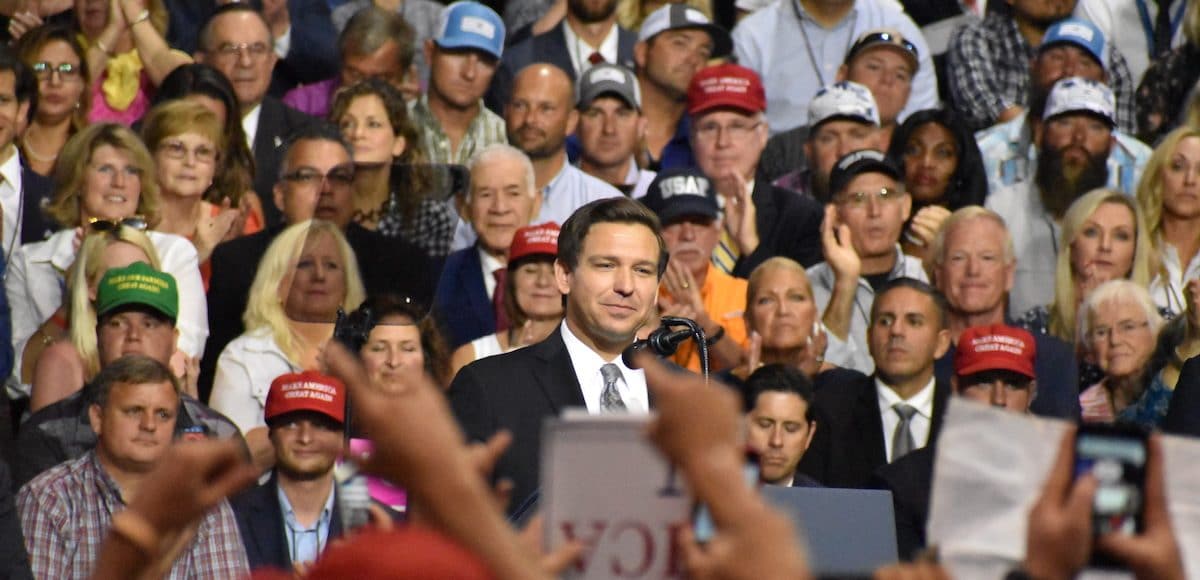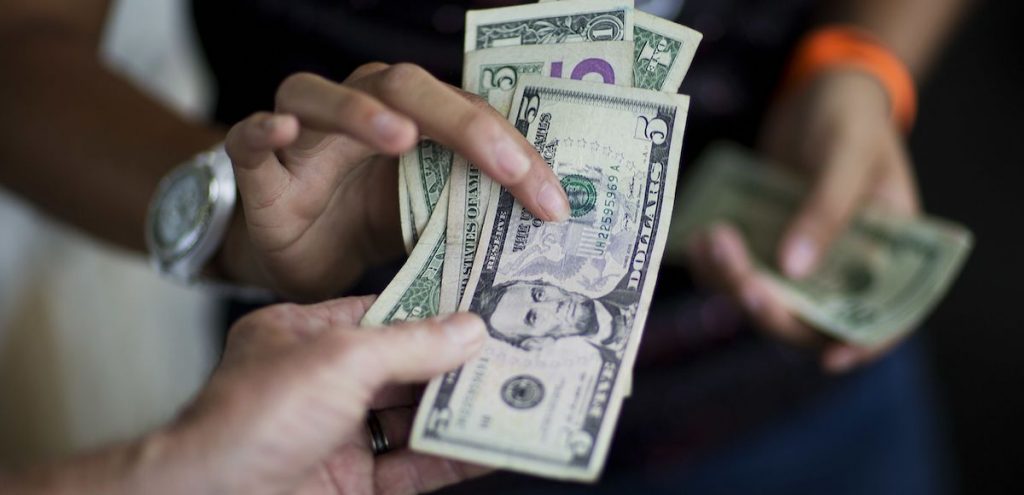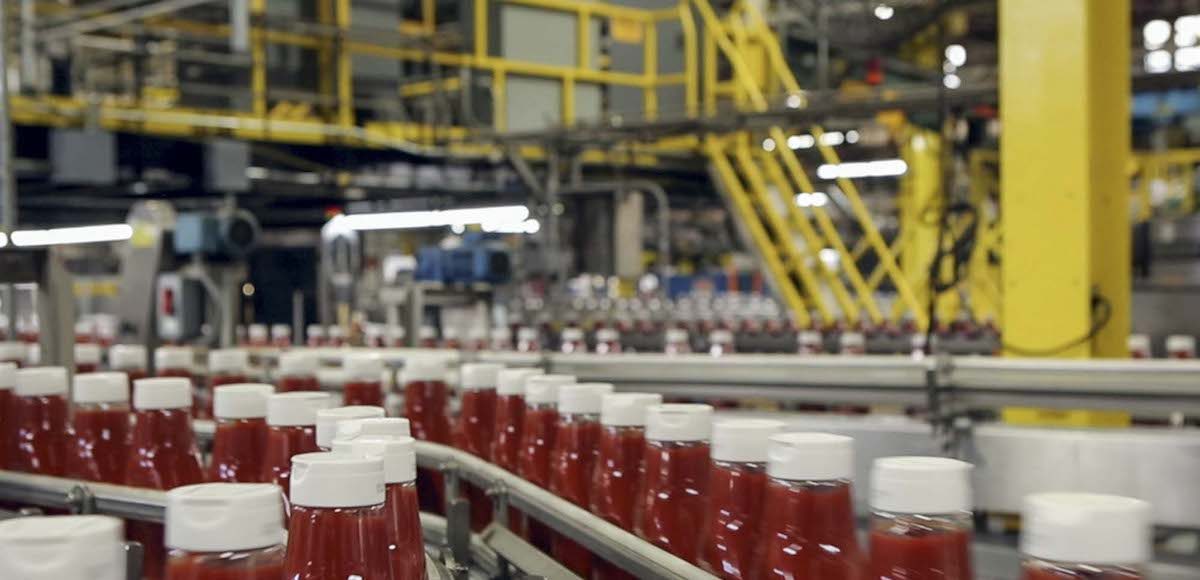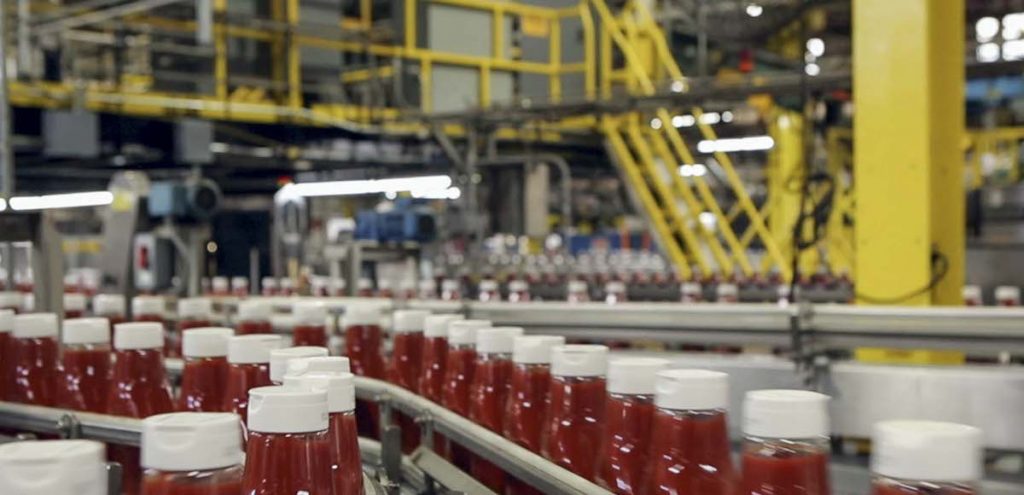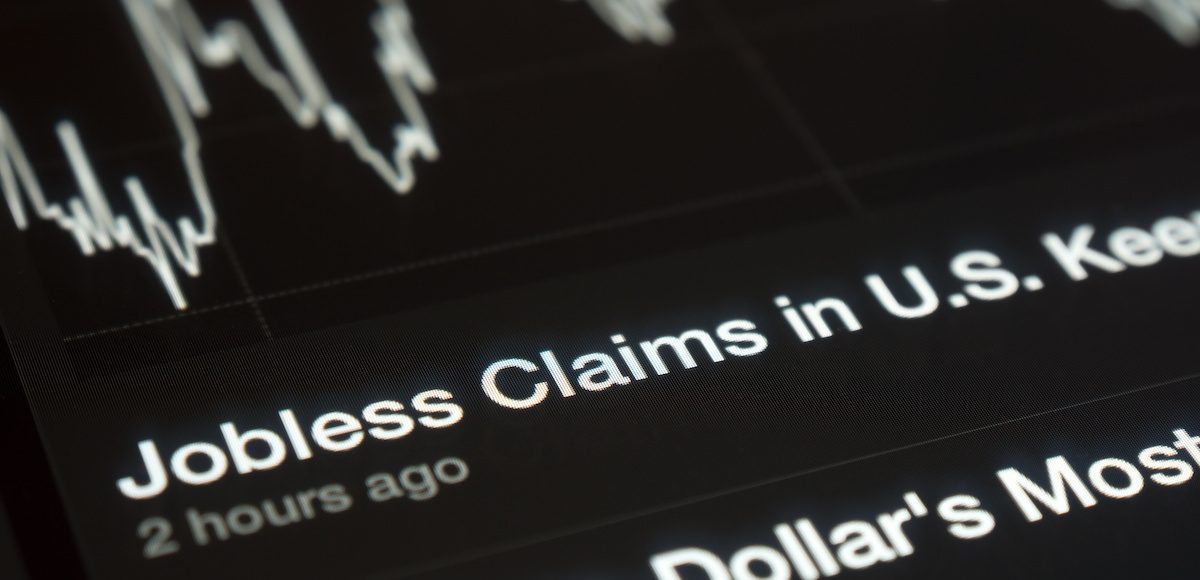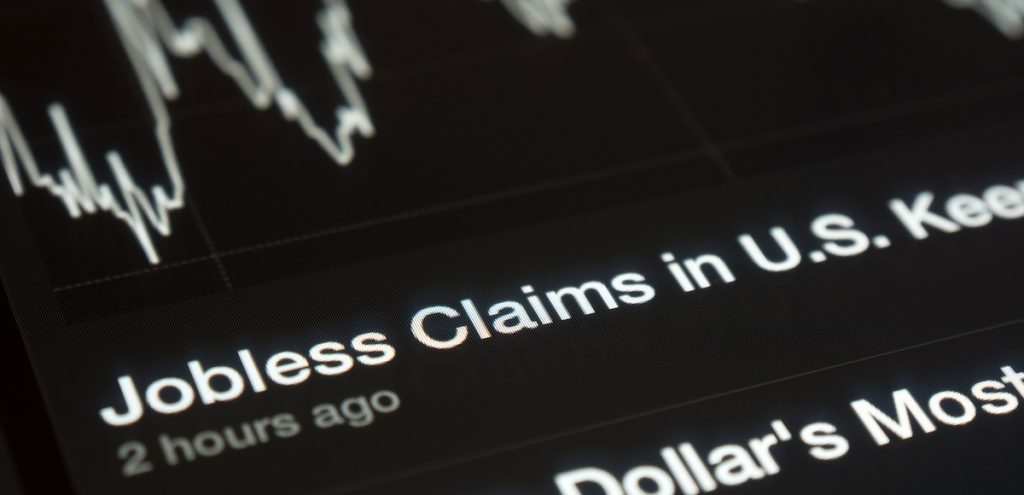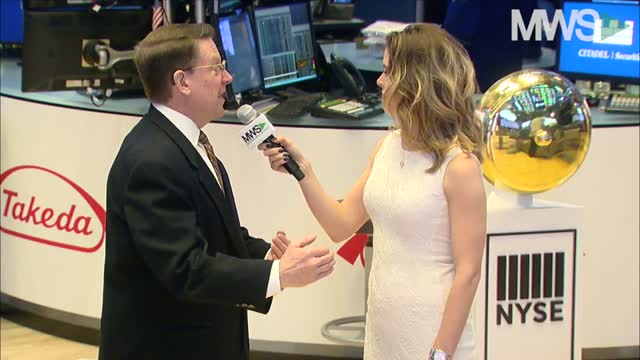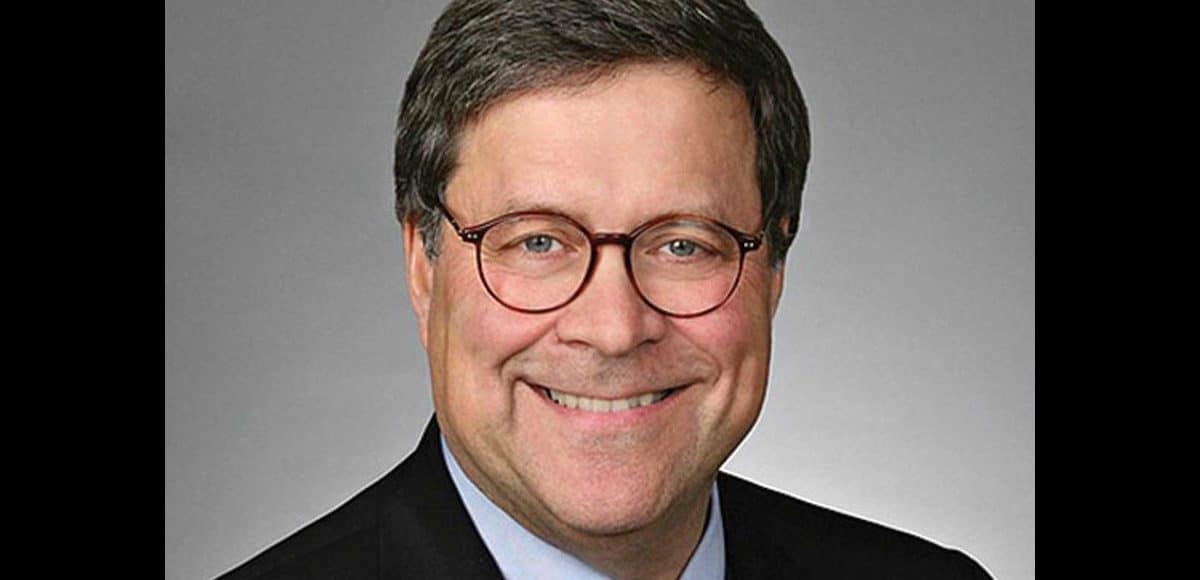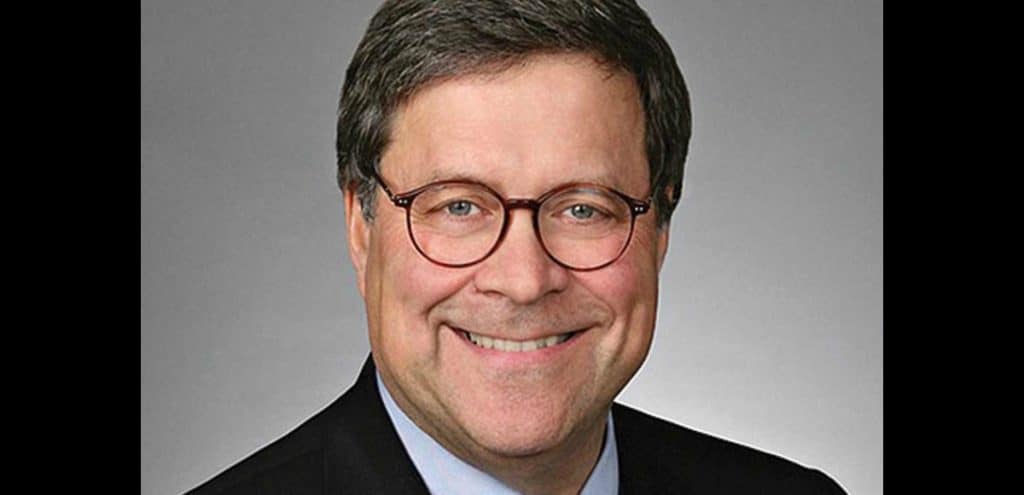Ron DeSantis Suspends Palm Beach County Supervisor of Elections, Effective Immediately
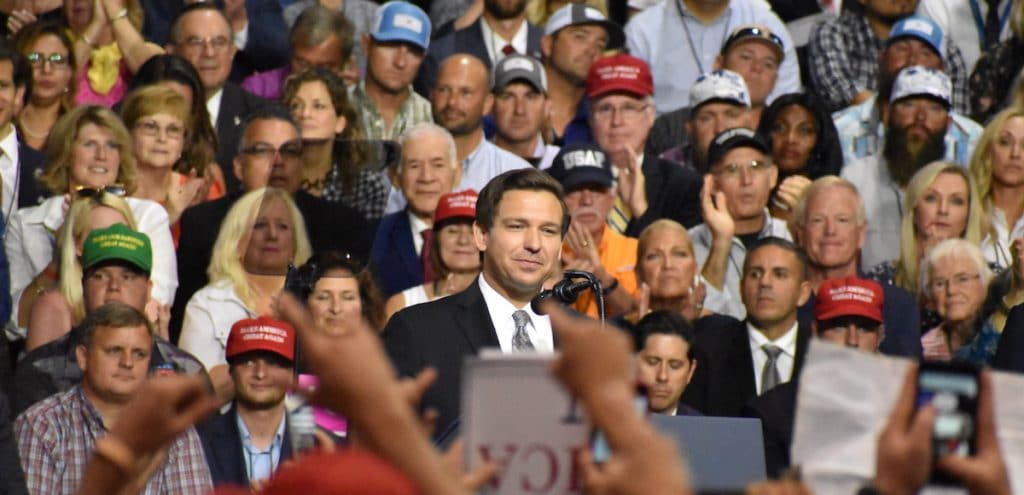
Governor Ron DeSantis announced on Twitter he has suspended Susan Bucher as Palm Beach County Supervisor of Elections, effectively immediately.
“Today, we turn our attention to the need to restore faith in our elections processes here in Florida,” he tweeted. “During the 2018 General Election, Florida had 65 out of 67 counties that ran good elections.”
“Supervisor Bucher demonstrated she was unable to comply with the laws of our state and her duties as the Supervisor of Elections and failed to accurately report information related to the number of ballots that had been cast,” he added. “For these reasons, I am suspending Susan Bucher as Palm Beach County Supervisor of Elections, effective immediately.”
Governor DeSantis defeated Democrat Andrew Gillum last November, a race only the PPD Election Projection Model accurately predicted. Per state law, the margin triggered an automatic machine recount, resulting in a margin of victory of 33,683 votes, a loss of 1 vote for the victor.
Palm Beach County and Broward County repeatedly violated state election laws on Election Day and in the days following the election, failing to report vote totals and categories by deadlines as is require.
Florida state laws were passed on a bipartisan basis following the 2000 presidential election, and are designed to raise red flags for voter fraud.
“It is time to turn the page in Palm Beach County to ensure accountability and transparency from our elections officials.”
Governor Ron DeSantis has suspended Susan Bucher
